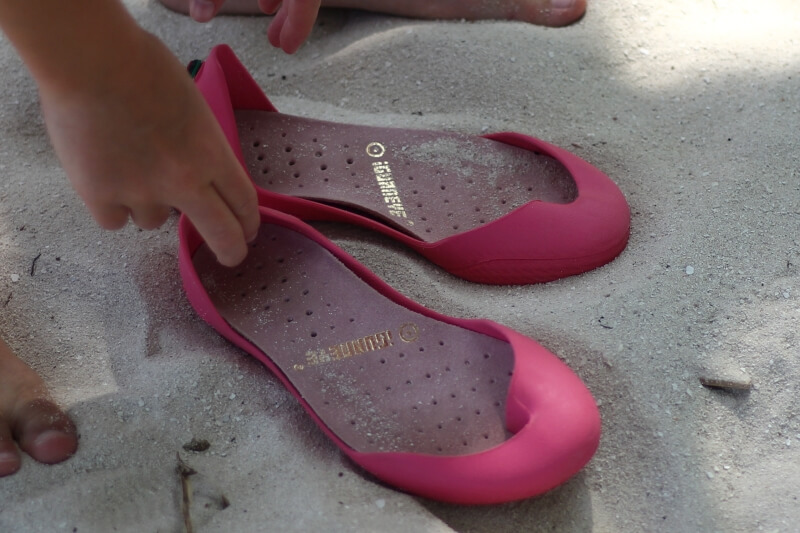Do you need shoe insoles? Let's take a closer look at their features.
Content of the article
What are shoe insoles for?
Shoe insoles bring in particular:
- comfort - the extra layer softens the tread and takes sweat away from the foot
- thermal insulation - reduce the risk of cold from the surface
- support - moulded insoles support the arch
Let's take a closer look at each function...

Insoles for barefoot shoes
Barefoot shoes have thin soles, but most of them have a soft enough insole, either removable or built-in. The removable insole can be easily removed, washed, dried, ventilated, in short, to ensure the necessary hygiene of the shoe or to replace a worn out one with a new one. On the other hand, repeatedly removing and reinserting the insole can cause it to loosen inside the shoe.
The removable insole is great for those who desire intense surface sensation. When it is removed, only a few millimetres of thin sole layer remains, taking the barefoot experience to a new level. On the other hand, for those who are worried about barefoot walking on hard surfaces, just leaving the insole in the barefoot shoe can provide the perfect solution for absorbing shock.
Shoe insoles in winter
Most winter boots are insulated inside, but on warmer winter days and especially in the city, ordinary all-season low top shoes with an extra insole will serve similarly well. If you're short of funds for a new pair of boots, buying a thermal insole might just be the ideal compromise.
Three-layer insulating insoles combine three functions into one. The metal foil prevents wetness, the insulating foam protects against cold and the sheep's wool brings thermal comfort. When you take into account the active footwork that ensures sufficient blood circulation to the feet, you don't have to worry about heading out into the cold in barefoots.
Orthopaedic insoles
Physiotherapists and orthopaedic doctors often prescribe customized orthopaedic insoles for their patients. Of course, the doctors' recommendations represent an qualified opinion that you should listen to. However, stay alert to two warning signs:
- Aids sellers - many professionals have made the manufacture of custom orthopedic insoles a key business, so be careful of their intentions. They should rightly be concerned about overall problem correction and healing, not about selling you aids that you will wear for the rest of your life at any cost.
- Passive crutches - orthopaedic insoles support the foot arches in the right places, but at the moment the foot is not actively working and is weakened by laziness. Preventing the wrong movement pattern is definitely good for the body, but it must be followed by active strengthening of the muscles, for example by walking barefoot on soft and uneven surfaces.
Last but not least, orthopedic insoles serve better in barefoot shoes, which provide the foot with enough space for active functioning.
